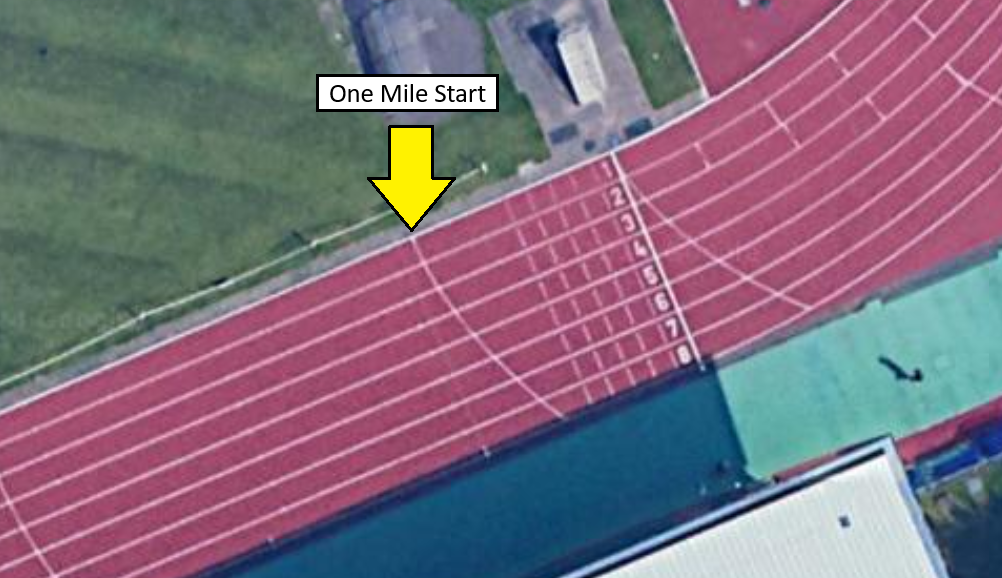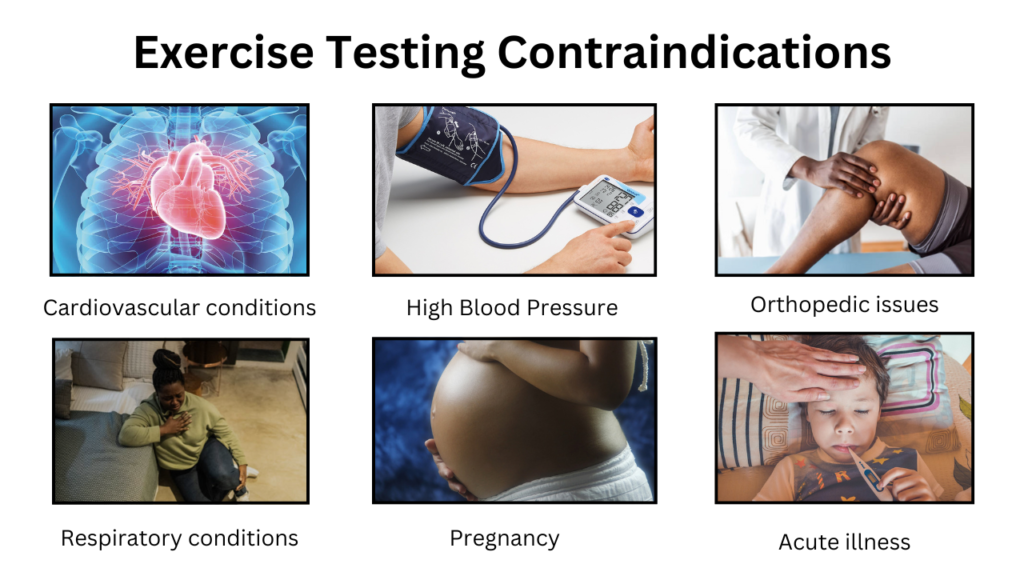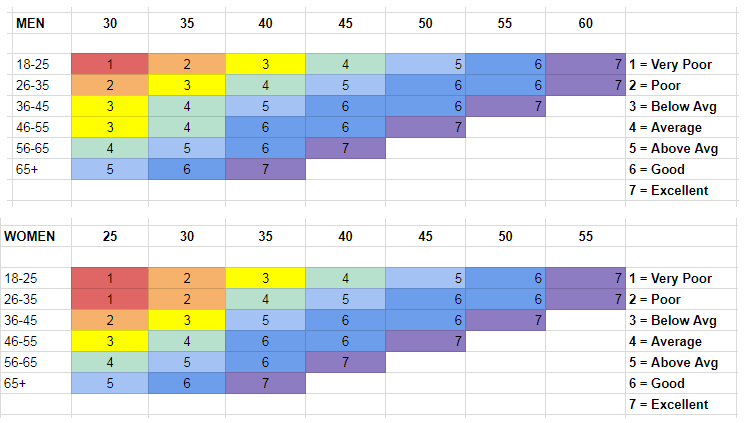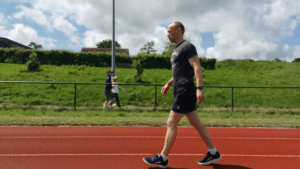VO2 max is a measure of the maximal volume of oxygen your body can use and it’s a good indicator of cardiovascular fitness. A true VO2 max test is conducted in a lab and involves exercising to failure while wearing a mask. However, there are simple tests that can provide an estimate of your VO2 max. I’ve previously covered the Queen’s College step test, another option is the Rockport Walking Test.
What Is The Rockport Walking Test
The Rockport Walking Test was developed in 1987 [1] as a way to approximate VO2 max. The equation the researchers developed requires the following inputs:
- Sex (1 = male, 0 = female)
- Weight (lbs)
- Age (years)
- Time (minutes) taken to walk one mile as fast as possible
- Heart Rate (bpm) on completion of one mile walk
The calculation is shown below, however there are online calculators available to do the maths for you.
VO2 max = 132.853 + (0.0769*Weight) – (0.3877*Age) + (6.315*Sex) – (3.2649* Time) – (0.1565*Heart Rate)
Kline et al. 1987
If you want the highest level of accuracy, it’s best to conduct this test on an athletics track. One mile is 1609.34 metres, and one lap in lane 1 is 400m. If you are lucky you will find a curved “1 mile” line on the athletics track, around 9 metres back from the finish line. To walk a mile you would therefore need to start on the one mile line and complete slightly more than four laps of the track in lane one, finishing at the finish line.
At a stretch you could walk for a mile in a relatively flat area, using your mobile phone’s GPS to alert you when a mile has been completed. However the margin of error in your estimated VO2 max will be higher with this method.

As soon as you finish the one mile walk, you must measure your heart rate. It’s best to count for 15 seconds and multiply that number by four. If you have a wearable it is still best to measure heart rate manually. The best locations for your pulse are the side of your neck or on the side of the wrist below the thumb.
How To Do The Rockport Walking Test
The test protocol is as follows:
- Complete a brief warm up including some light running
- Using a timer, walk one mile as fast as possible while measuring the time it takes you.
- On completion of the walk, stop the timer.
- Immediately locate your pulse and start counting the number of beats for 15 seconds. Multiply that number by four to get your heart rate in beats per minute.
- Convert the walking time in minutes to a decimal. Do this by dividing the seconds by 60. For example, 11:45 would be 11 minutes plus 45/60 = 11.75 minutes.
- Enter your details into an online Rockport Walk calculator
Warning: It’s very easy to get caught out by the need to stop a timer at the end of the walk and simultaneously start a new 15 second timer while counting your heart rate. Consider in advance how you will handle this.
Contraindications
There are certain individuals for whom exercise testing is contraindicative. Below are the most common conditions that may prevent you from safely completing this test.

What do my results mean
Your results are best compared relative to others of the same age and sex. Below is a set of normative data for VO2 max for both men and women. What constitutes “average” can vary between research studies due to the population samples they use.

At the top end, elite athletes average 55-65 ml/kg/min with endurance specialists able to reach 75-85 ml/kg/min. Cross Country Skiers are often touted as the athletes who score the highest, with some managing to score 90-95 ml/kg/min on their VO2 max tests.
At the lower end of the scale, an unfit 65 year old may start dipping under 20 ml/kg/min. This would mean walking uphill would be right at the limit of their capabilities. A VO2 max this low may start to infringe on other activities of daily living.
Tracking VO2 max over time
There is a very well established decline in VO2 max with age, and that happens regardless of fitness level. The difference is that a fitter individual will remain at a higher level relative to the unfit individual as they both age.
It’s worth taking a simple test like this once a year and making a note of your scores. People typically lose 1% of their VO2 max a year, so even if you maintain your activity levels, you will see a decline with age. Here I’ve included my results, which come from a range of different tests including the Rockport walking test.

While the literature would suggest a decline after I turned 30 in 2017, I made a conscious effort to exercise more in order to reverse that.
Your VO2 max is very much trainable if you are willing to put in the hours. This is particularly true if you are currently sedentary, which would put you more at risk as you approach 65 or older. Improving VO2 max is beyond the scope of this article, but a common routine is to do a 4 minute run followed by 4 minutes rest, and repeat that four times.
[1] Estimation of VO2max from a one-mile track walk, gender, age, and body weight. Kline, Porcari, Hintermeister, Freedson, Ward, McCarron, Ross, Rippe 1987.

